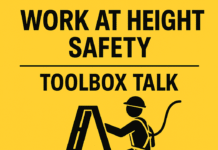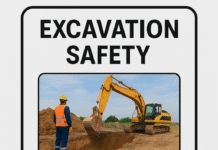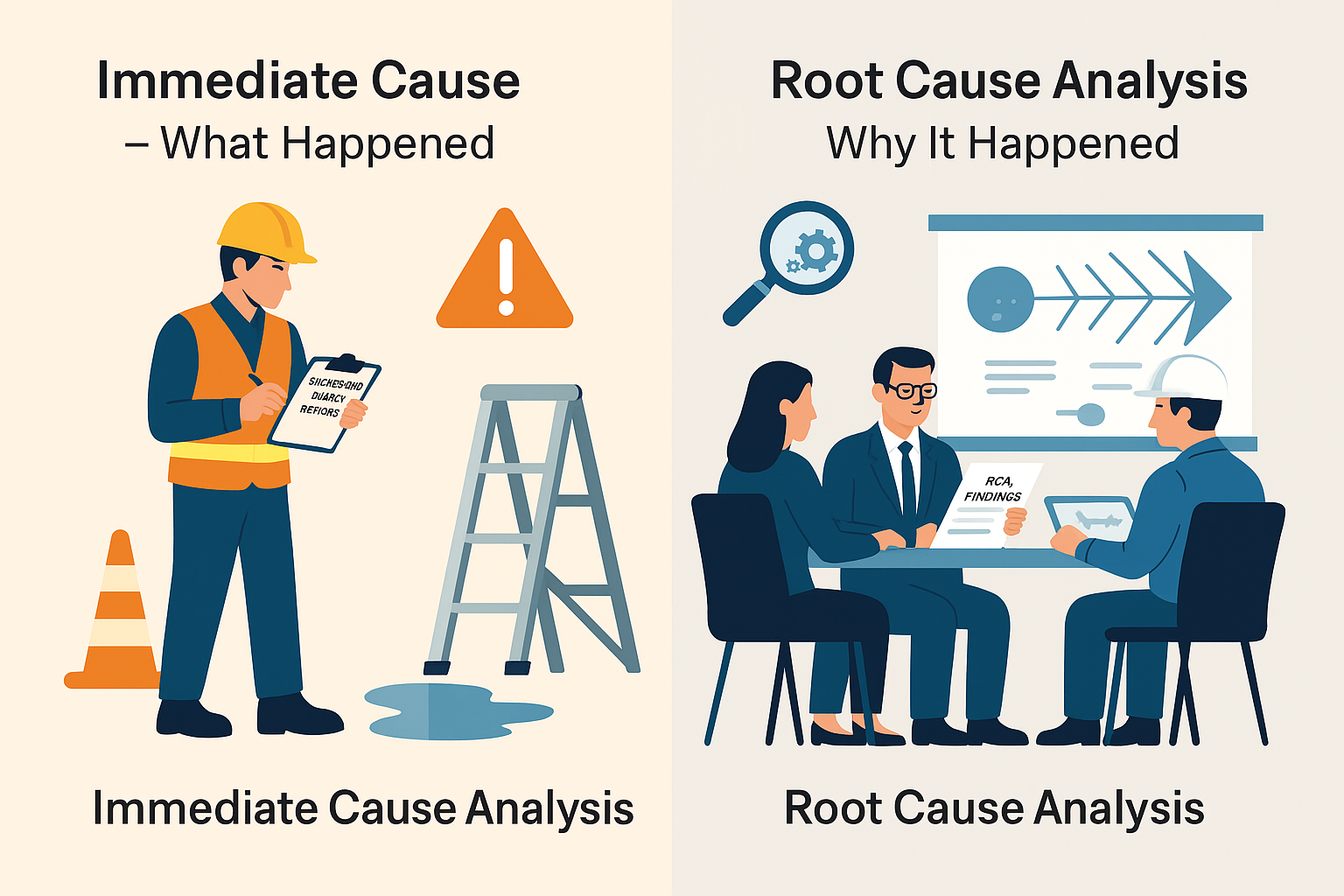
40 Duties of a Safety Officer PPT | Download PPT
In today’s fast-paced and dynamic work environments, the role of a safety officer is more critical than ever. Safety officers play a pivotal role in ensuring the well-being of employees and maintaining a secure work environment. Let’s delve into the extensive list of duties and responsibilities that safety officers undertake to keep workplaces safe.
1. Introduction to the Role of a Safety Officer
Safety officers are professionals dedicated to creating and maintaining a safe and healthy work environment. They are responsible for implementing safety policies, conducting training programs, and ensuring compliance with regulatory standards.
2. Importance of Safety Officers in Various Industries
From construction sites to corporate offices, safety officers are indispensable across various industries. Their expertise is crucial in preventing accidents, minimizing risks, and fostering a culture of safety.
3. Qualifications and Training Required for Safety Officers
To become a safety officer, individuals typically need a relevant degree, certification, or specialized training in occupational health and safety. Continuous learning is essential to stay abreast of evolving safety standards.
4. Duties Related to Risk Assessment and Hazard Identification
Conducting regular risk assessments: Safety officers routinely evaluate workplace conditions to identify potential risks and hazards.
Identifying potential hazards in the workplace: Thorough inspection of the workplace to identify and address any potential threats to employee safety.
5. Responsibilities in Developing and Implementing Safety Policies
Creating and updating safety procedures: Safety officers develop comprehensive safety policies and ensure they are regularly updated to reflect industry best practices.
Ensuring compliance with safety regulations: Safety officers play a crucial role in ensuring that the organization complies with all relevant safety regulations.
6. Training and Education Initiatives for Employees
Conducting safety training programs: Safety officers organize and conduct regular safety training sessions to educate employees on best practices and emergency procedures.
Keeping employees informed about safety protocols: Regular communication to keep employees informed about safety protocols and any updates in procedures.
7. Monitoring and Evaluating Safety Programs
Regularly assessing the effectiveness of safety measures: Safety officers continuously monitor the effectiveness of safety programs and make necessary adjustments based on evaluations.
Making improvements based on evaluations: Implementing changes and improvements to enhance overall safety based on program evaluations.
8. Emergency Preparedness and Response Duties
Developing emergency response plans: Safety officers create detailed plans outlining actions to be taken in case of emergencies such as fires, natural disasters, or accidents.
Coordinating drills and simulations: Regularly conducting emergency drills to ensure all employees are familiar with emergency procedures.
9. Incident Investigation and Reporting
Investigating workplace incidents: Safety officers lead investigations into workplace incidents to determine their causes and prevent future occurrences.
Reporting findings and recommending corrective actions: Documenting investigation findings and proposing corrective actions to prevent similar incidents.
10. Personal Protective Equipment (PPE) Oversight
Ensuring proper use and maintenance of PPE: Safety officers oversee the proper use and maintenance of personal protective equipment to minimize the risk of workplace injuries.
Updating equipment as needed: Regularly updating and replacing PPE to ensure it meets current safety standards.
11. Regulatory Compliance
Staying informed about safety regulations: Safety officers stay informed about changes in safety regulations to ensure the organization’s continued compliance.
Ensuring the company complies with all applicable laws: Implementing measures to align the company’s practices with the latest safety regulations.
12. Safety Audits and Inspections
Conducting routine safety inspections: Regular inspections to identify potential hazards and ensure compliance with safety protocols.
Implementing corrective actions based on audit results: Addressing any issues identified during safety audits to enhance workplace safety.
13. Behavioral Safety Initiatives
Promoting a safety-oriented culture: Encouraging a workplace culture where safety is prioritized by both management and employees.
Encouraging safe behaviors among employees: Recognizing and promoting safe practices through positive reinforcement.
14. Communication Skills and Reporting
Effectively communicating safety information: Safety officers must communicate safety information clearly to employees at all levels of the organization.
Reporting to management and relevant authorities: Timely reporting of safety-related matters to management and relevant regulatory bodies.
15. Stressing the Importance of Mental Health in the Workplace
Highlighting the importance of mental health and stress management in the workplace to ensure overall well-being.
Here are 40 duties that a Safety Officer may be responsible for:Conducting regular safety inspections.
Developing and implementing safety policies and procedures.
Ensuring compliance with local, state, and federal safety regulations.
Conducting safety training programs for employees.
Investigating and analyzing accidents and incidents.
Developing and maintaining safety awareness programs.
Inspecting and maintaining safety equipment.
Conducting risk assessments and hazard identification.
Reviewing and updating emergency response plans.
Coordinating safety drills and exercises.
Recommending and implementing corrective actions.
Monitoring and enforcing safety standards.
Conducting safety audits.
Collaborating with other departments to address safety concerns.
Keeping up-to-date with industry safety trends and best practices.
Providing safety orientation for new employees.
Responding to safety-related inquiries and concerns.
Tracking and analyzing safety performance metrics.
Conducting job hazard analyses.
Developing and maintaining safety records and documentation.
Participating in safety committees.
Communicating safety information to employees.
Performing safety inspections of facilities and equipment.
Investigating and resolving safety-related complaints.
Conducting safety meetings.
Recommending and implementing safety improvements.
Ensuring proper use of personal protective equipment (PPE).
Monitoring and controlling exposure to hazardous substances.
Coordinating with external safety agencies.
Providing guidance on safe work practices.
Inspecting and maintaining fire prevention equipment.
Collaborating with management to promote a safety culture.
Reviewing and approving safety procedures for tasks.
Conducting ergonomic assessments.
Analyzing incident reports to identify trends.
Conducting safety performance reviews.
Assisting in the development of emergency evacuation plans.
Verifying compliance with safety permits and licenses.
Conducting safety awareness campaigns.
Evaluating the effectiveness of safety programs and making recommendations for improvements.
HAZOP Study for Process Industry | Download PPT
Engineering Safety MCQs | Download PPT
Construction Safety MCQs | Download PPT
According to OSHA and NEBOSH: Difference Between Accident and Incident | Download PPT
In conclusion, the duties of a safety officer are diverse and extensive, reflecting the critical role they play in maintaining a safe and secure work environment. From risk assessments to emergency preparedness and behavioral safety initiatives, safety officers are at the forefront of creating a culture of safety within organizations.
Frequently Asked Questions (FAQs)
- What qualifications are required to become a safety officer?
- Safety officers typically need a relevant degree, certification, or specialized training in occupational health and safety.
- How often should safety training programs be conducted?
- Safety training programs should be conducted regularly, with the frequency depending on the industry and specific risks involved.
- What is the role of safety officers in incident investigation?
- Safety officers lead investigations into workplace incidents, determine their causes, and recommend corrective actions.
- How can employees contribute to a safety-oriented culture?
- Employees can contribute by following safety protocols, reporting hazards, and actively participating in safety training programs.
- Why is mental health emphasized in the duties of a safety officer?
- Mental health is crucial for overall well-being, and safety officers play a role in promoting a workplace environment that supports mental health.
























